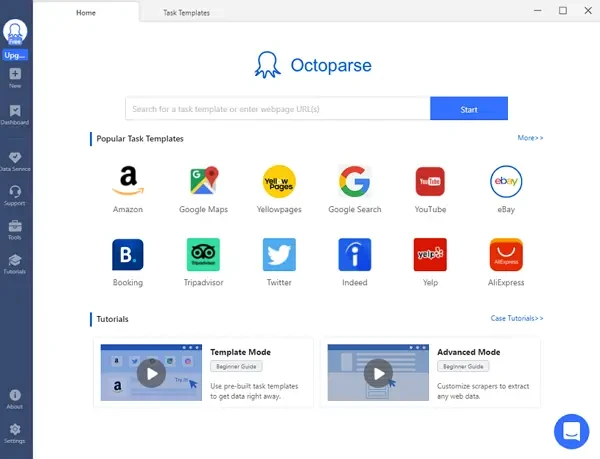You must have noticed several customer reviews about products on popular e-commerce websites. These help other customers to assess the quality of the product and make informed decisions. Customer reviews are also of immense help for the company as it helps to understand how well or how poorly the product is performing in the market.
However, how will the company be able to read every review and classify it into positive and negative reviews? How will the company know which features are talked about most in a positive review and the same in a negative review? What are the most popular features of the product? To answer these questions, we need to turn to an interesting NLP opinion mining technique called Sentiment Analysis.
In this article, we will help you understand sentiment analysis better and how to use Python for sentiment analysis.
What Is Sentiment Analysis
Sentiment analysis is an NLP approach to determining the emotion behind a piece of text data. Sentiment analysis is performed to assess the subject’s attitude towards a particular product, or political event/standpoint, or to collect an overall opinion of people on matters of discussion. This method usually classifies text into major categories of sentiment such as positive, negative, or neutral. Sentiment analysis can be done with ease using Python’s NLTK or Vader library.
Sentiment Analysis Used for
Sentiment analysis can be used over a wide range of text data to analyze the user’s intent. Some of the instances where Sentiment analysis can be used to infer useful information are listed below.
- If there is a widespread debate on social media like Twitter and Instagram, we could mine the opinions of people regarding the issue and use Sentiment analysis to see the overall opinion of social media users.
- To understand if the customer reviews of a product listed online on an E-Commerce website are inclined towards the positive or negative side.
- Different segments of customers have different strengths of opinions. Monitoring them can result in improving customer-specific marketing strategies.
- Customer Service issues can be prioritized by using sentiment analysis for faster and more efficient replies and rectifications.
How to Build Sentiment Analysis Using Python
Sentiment analysis is performed in 4 major steps.
1. Data Collection: The process of collecting data on which sentiment analysis is performed.
2. Data Processing: After the collection of data, it needs to be processed to remove noise such as stop words, punctuation, and capitalization.
3. Data Analysis: This is the central part where Sentiment analysis happens. The result is the overall inclination of the emotion of the sentence toward positive, negative or neutral.
4. Data Visualization: This result may be visualized in various formats according to your wish. For example, a histogram on the frequency of top n topics can give us an idea of what are the most talked about topics in the reviews.
For our basic program, we will be taking three sentences, one positive one negative, and one neutral sentence. The goal is to identify which ones are which and the extent of the sentences’ positivity, negativity, or neutral nature.
We will try to analyze using Vader Sentiment analysis. Vader is a lexical analyzer used to assign sentiment scores to a sentence. It is one of the widely used sentiment analysis tools for education and business purposes. The following is the python code required to perform the Sentiment analysis.
We can observe that the sentiment analyzer gives a score of positive, negative, and neutral scores. The overall score is calculated with the help of the sentiment dictionary variable. We can use sophisticated libraries like Vader that perform the cleaning of data and preprocessing by themselves using inbuilt mechanisms of the sentiment intensity analyzer object. Other packages like nltk provide us with functions to perform data preprocessing explicitly.
Easy Web Crawler to Scrape Data from Any Website
When we use Sentiment analysis the first and foremost step is data collection. So, it is important to use a proper data collection mechanism or tools to avoid unclean data. An easy-to-use web scraping tool will help you do this quickly. Octoparse is a user-friendly web scraper that can extract bulk data from multiple websites. It supports up to 10,000 links in one go.
Some of the most attractive features of Octoparse are:
- Octoparse requires no coding knowledge to use.
- Auto-detection function helps you improve the efficiency of data scraping.
- Export the extracted data into a database or multiple formats like Excel.
- Allows scraping even from dynamic websites that have infinite scrolling.
- Scraping tasks can be scheduled at any time – hourly, daily, or weekly.
- The IP rotation mechanism prevents your IP from being blocked.

Sentiment analysis is a fast-growing application of NLP (Natural Language Processing). Knowing how to use it to extract results can help with a lot of use cases such as fine tuning marketing strategies or writing up a report on the political stands of people in social media, etc. The applications of Sentiment analysis are endless and limited only by your creativity. Now that you have a basic idea of analysis sentiments in a sentence, you can take that knowledge into more complex projects with real-time results and applications.




